- Wednesday, May 01, 2024
Although India’s nominal GDP in 2022 was the fifth largest in the world at USD 3.4 trillion (£2.6 trillion) and is set to rise to USD 3.8 trillion (£2.9 trillion) in 2023, its per capita GDP is pulled down by its large population, said Suman Chowdhury.
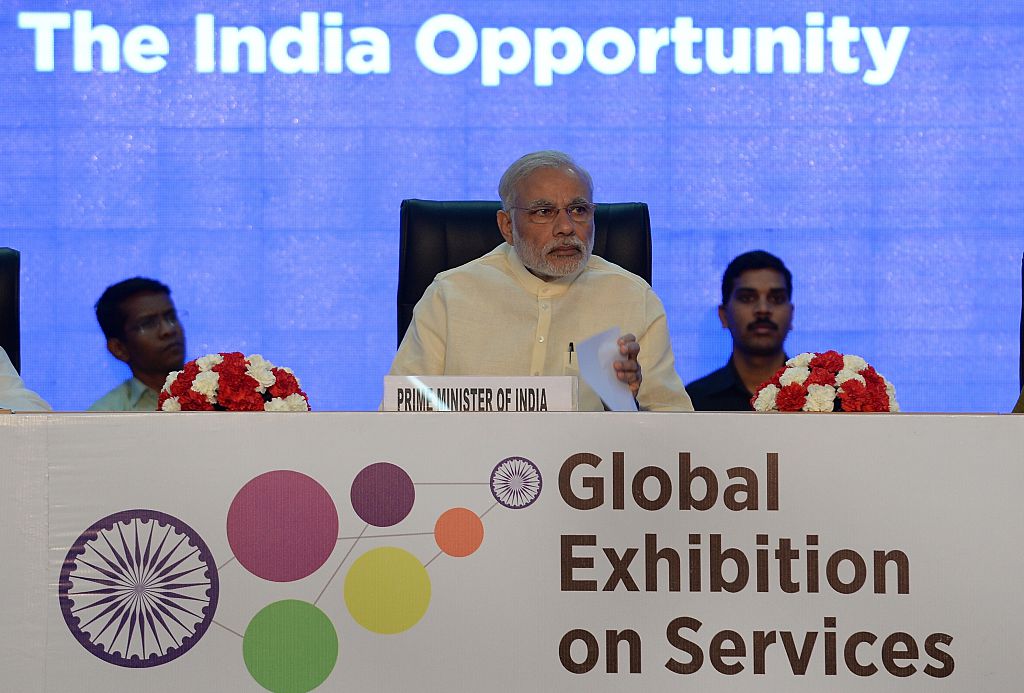
By: Shubham Ghosh
IN these times when economies around the world are perceiving challenges, experts have often agreed that the Indian economy is one of those few ones that look promising and the country would quickly emerge to play a key role in the global economic affairs.
The country’s political leadership has also expressed confidence about the future of the country’s economy with prime minister Narendra Modi even going to the extent of saying that in his third term (India’s next general elections are due next year), India will become the third-largest economy in the world.
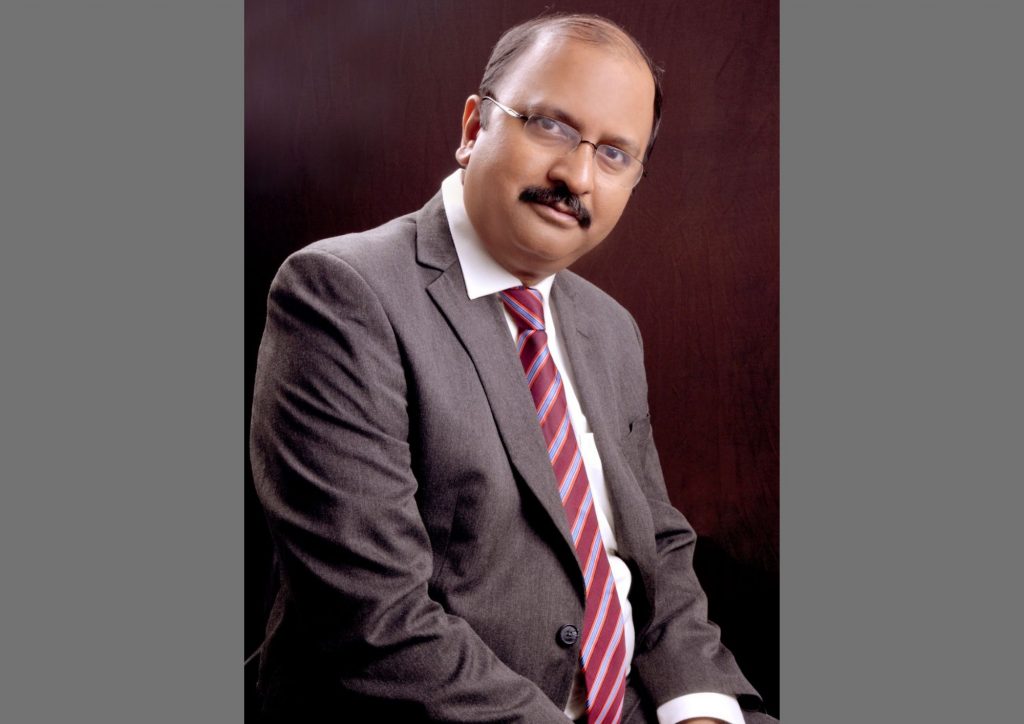
While there are promises being woven around India’s economic progress, there have also been few cautions, such as a low per capita income despite being the fifth largest economy at the moment or that there is not enough generation of jobs.
India Weekly spoke with Suman Chowdhury, chief economist and head – research at Acuite Ratings, one of India’s top credit rating and research agency which is approved by India’s capital market regulator Securities and Exchange Board of India and accredited by the Reserve Bank of India, on issues pertaining to the Indian economy and he had some insights to offer.
IW: India is now the fifth largest economy in the world and PM Modi has said that in another four-five years, it will become the third largest. But compared to other top economies, India’s per capita income is really low. How do you see this side of the India growth story?
Suman Chowdhury: India’s per capita GDP in current dollar terms stands at USD 2,389 (£1,871) in 2022 which is significantly lower compared to the global average of USD 12,648 (£9,904) (World Bank). Although India’s nominal GDP last year was the fifth largest in the world at USD 3.4 trillion (£2.6 trillion) and is set to rise to USD 3.8 trillion (£2.9 trillion) in 2023, its per capita GDP is pulled down by its large population.
India has a current population of 1.42 billion which has already exceeded that of China and is almost 18 per cent of the world population.
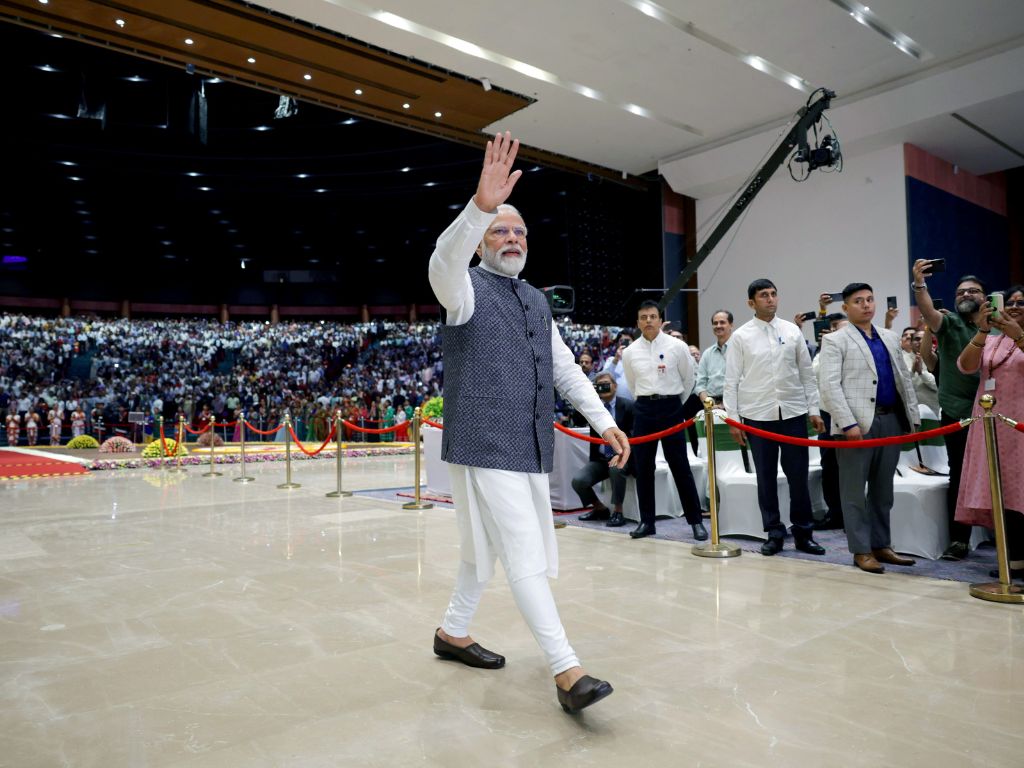
While the latest UNDP report has highlighted that the share of Indian population subject to multidimensional poverty has reduced by 10 per cent from 24.9 per cent in 2015-16 to 15 per cent in 2019-21, the latter figures still continue to be a challenge for the Indian economy.
The labour force participation rate in India at 48.5 per cent in Q4FY23 doesn’t compare well with some other developing nations such as Brazil, South Africa, Russia and Mexico. Clearly, low levels of employment and per capita income remain one of the critical problems for India.
However, such a problem can’t be solved in a short period of time. Sustaining higher levels of social expenditure to improve the coverage and quality of both education and healthcare is a primary requirement.
Further, India’s manufacturing sector needs to move to the next level with a strong pickup in private sector investments to generate additional employment not only in the core production activity but also in the whole value chain that should involve smaller business enterprises.
The policies of the government therefore, should primarily focus on three things: (i) effective implementation of social development programmes (ii) stimulate demand and investment in the economy through proactive measures and (iii) ensure a low inflation regime through both monetary and fiscal policies.
IW: It is often said that India’s economic growth is not able to generate as many jobs as desired. Why do you think such is the case and how could this situation be addressed successfully?
Suman Chowdhury: The growth in the Indian services sector continues to generate a significant number of jobs but that is still not adequate for the large population, particularly in the working age.
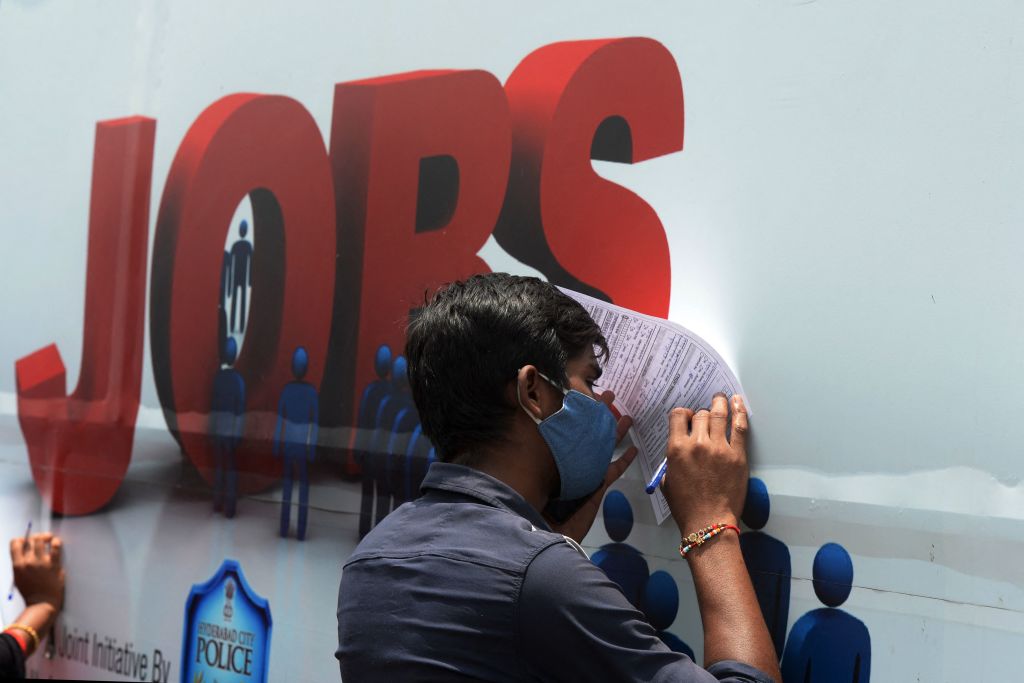
The investments in the Indian manufacturing sector have been moderate over the last decade. It is expected that India will see a fresh surge in manufacturing driven by the private sector due to the new PLI (production linked initiative) programmes and the opportunity created by the “China plus” factor.
IW: Does the subsidy culture pose a major challenge to the Indian economy or is it not as big a deal as many often claim?
Suman Chowdhury: India’s subsidy burden at the central government level is not so significant at this point in time. The total expenditure on subsidies – namely food, fertiliser and oil did increase in FY23 to Rs 5.2 lakh crore (£49.1 billion), significantly beyond the budgeted level of Rs 3.2 lakh crore (£30.2 billion), primarily due to higher crude oil prices and the extension of the COVID-era free food programmes.
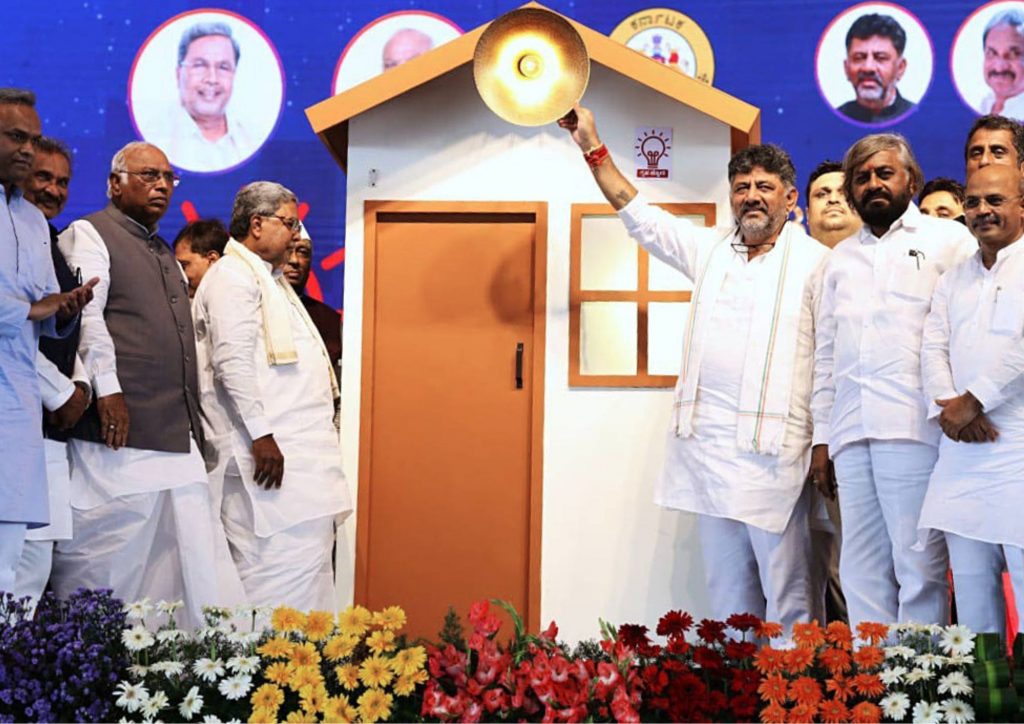
However, the government has budgeted only Rs 3.7 lakh crore (£35 billion) on these subsidies in the current year and while there is likely to be an increase beyond that figure due to higher fertiliser subsidy, it is expected to be lower than the actuals in FY23.
Having said that, there is always a risk of the introduction of populist programmes in a pre-election year. We have already seen the introduction of some of these – free power or cash payouts by some state governments which can have an impact on their fiscal health.
IW: What are the chances of the Indian equity market undergoing a correction in the near future?
Suman Chowdhury: The Nifty (NSE 50 index) has yielded a return of 77.4 per cent over the last three years and even if one excludes the impact of the recovery from the pandemic, the one-year return on Nifty is at 14.5 per cent.
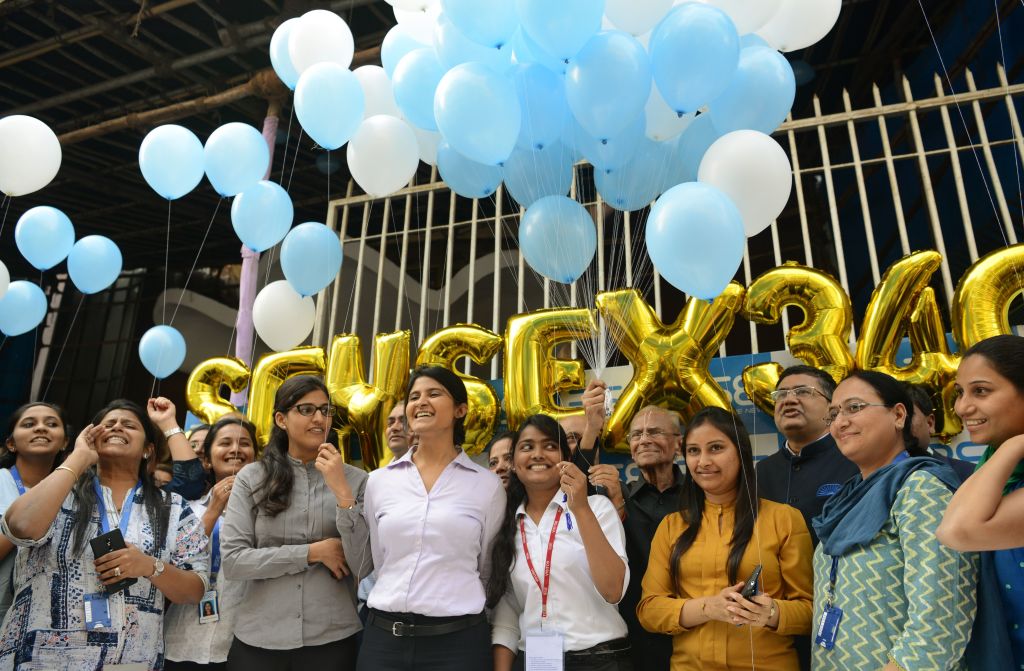
This is higher than the returns in the developed markets for example S&P 500 has a three and one year return of 40.1 per cent and 10.9 per cent, respectively. What has driven the superior performance of the Indian equity markets so far has been the domestic demand resilience, macroeconomic and financial system stability, the increased participation of domestic retail investors and the gradual return of the foreign investors in the current calendar year.
With the strength of domestic demand along with the pent-up demand for services, well supported by the step up in the public investments in infrastructure, India’s GDP growth stood strong at 7.2 per cent in FY23.
While the medium to long term growth prospects for India will remain robust, we expect GDP growth to moderate to six per cent in FY24 given the global slowdown and some lagged impact of higher interest rates on the economy.
There are also potential risks emerging from a resurgence in oil prices and a surge in the food prices in certain categories which can reverse the gradual downtrend in the headline inflation and make the interest rates stay higher for a longer period.
Further, there is also some element of political uncertainty that is associated with the upcoming general elections next year. Indian companies have seen a strong earnings growth over the last three years which have been driven by the recovery in demand and also the softness in commodity prices.
Given the normalisation in demand and no further benefit from lower commodity prices, sustaining a high earnings growth will be a challenge for the corporate sector in FY24. While the average price to earnings for Nifty has moderated, it is still high at around 24.
Given such a scenario, the likelihood of a correction in the equity markets over the next few months is high. Nevertheless, the market may witness sector specific momentum going forward depending on factors like improvement in global demand and uptick in private sector investments.
IW: Which sectors do you feel need a major boost for the Indian economy to get a major push ahead?
Suman Chowdhury: The manufacturing sector needs a major boost over the next few years to reduce the dependence on imports in certain industries and develop indigenous capabilities apart from generating employment and export revenues.
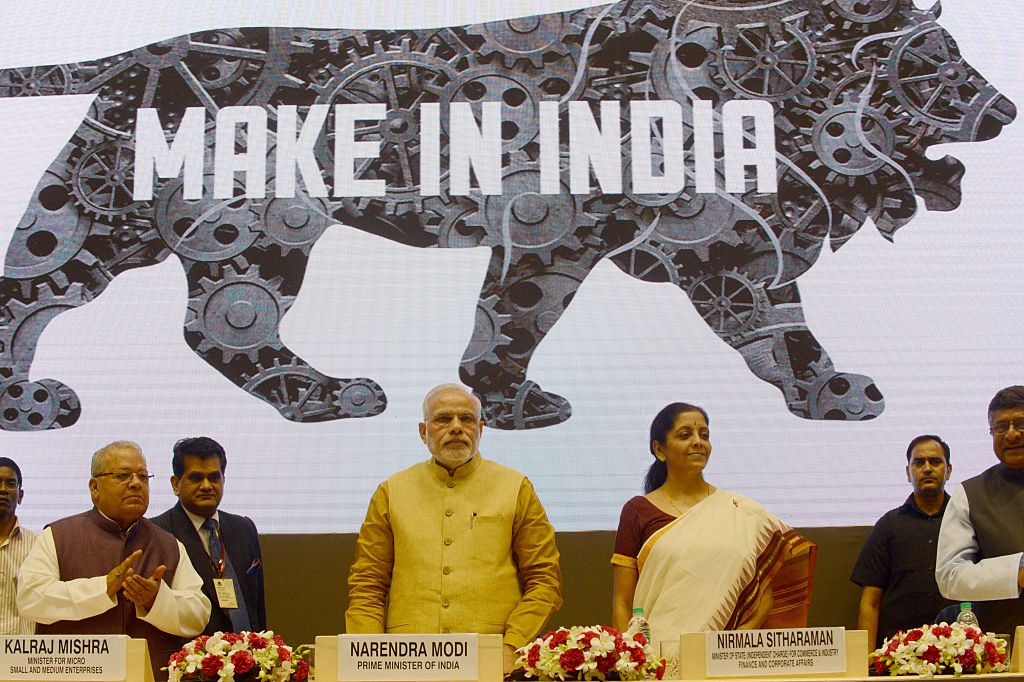
To make the manufacturing sector globally competitive, the logistics industry also needs further investments. Infrastructure has been already in the limelight for the last few years and the high public expenditure on roads, ports, airports, telecom and power is set to continue.
Additionally, the outlay for urban transportation and water supply and sanitation requires a further step up.
Suman Chowdhury is based in Mumbai.
![]()